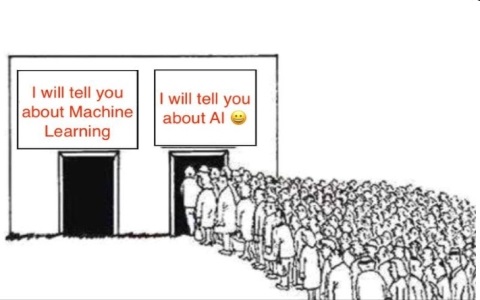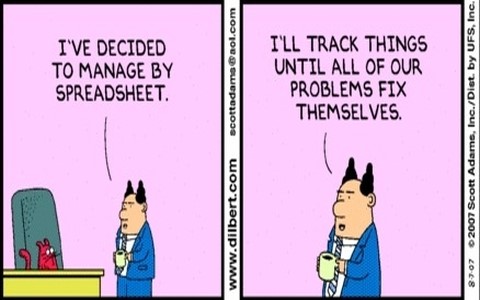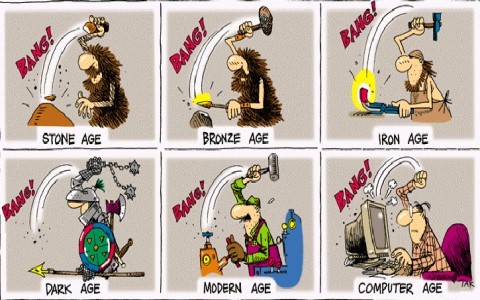A step back in the time
A mashup of three fundamental concepts define the cloud: the first is delivering a service, such as computing or storage as a utility; the second is multiple people sharing the same computer resource, which is possible through a technology, referred to as virtualisation; the third is accessing services via networking. The 60s was a momentous decade in laying this foundation.
The inception of the modern-day cloud was realized by Amazon Web Services (AWS) launching its public cloud in 2002. There were virtually no competitors at this stage and while the benefits of using the cloud, such as elasticity and scalability were known, the real use cases to convince potential users were not yet available. Indeed, the cloud offered a dream solution to the technical and management nightmares that many small and medium scale businesses and organizations suffered. The cloud alleviated the burden of maintaining servers, upfront investment on compute resources and scaling web services based on demand - by renting resources that were concentrated in large facilities and maintained by trusted providers.
As the software stack required by institutions to organize their clusters as clouds became available, so private clouds started to emerge. Microsoft entered the marketplace, launching Azure services in 2009. Then similar to OpenNebula, the OpenStack software was launched in 2010. Both these projects were open source and attracted huge interest from the IT community. Later as it was possible to monitor the resources used on the cloud, so the concept of the cloud became more trusted. In addition to the pay-as-you-go pricing model, spot bidding was introduced for resources. Real-time streaming services started processing data on the cloud. In addition to relational databases, non-relational database services were now available. DevOps gained prominence and microservices were used for cloud application development.
With the advent of the IoT era, billions of devices are anticipated to be connected to the internet. They cannot all send data to the cloud due to increased network traffic and communication latencies. Fog/edge computing is a good mechanism to alleviate these challenges and therefore the market seems to be embracing the edge technology. Google has incorporated tensor processor units (TPUs) in the cloud.
Although the cloud is currently crowded, the technology offers more room for expansion. The golden era of cloud computing is yet to dawn on us.
What is Cloud Computing
Cloud computing is the on-demand delivery of compute power, database, storage, applications, and other IT resources through a cloud services platform via the Internet with pay-as-you-go pricing. Whether you are running applications that share photos to millions of mobile users or you're supporting the critical operations of your business, a cloud services platform provides rapid access to flexible and low-cost IT resources. With cloud computing, you don't need to make large upfront investments in hardware and spend a lot of time on the heavy lifting of managing that hardware. Instead, you can provision exactly the right type and size of computing resources you need to power your newest bright idea or operate your IT department. You can access as many resources as you need, almost instantly, and only pay for what you use.
Cloud computing provides a simple way to access servers, storage, databases and a broad set of application services over the Internet. A cloud services platform such as AWS/Azure owns and maintains the network-connected hardware required for these application services, while you provision and use what you need via a web application.
Cloud Computing Models
As cloud computing has grown in popularity, several different models and deployment strategies have emerged to help meet specific needs of different users. Each type of cloud service and deployment method provides you with different levels of control, flexibility, and management. 4 most popular models are:
Infrastructure as a Service (IaaS) contains the basic building blocks for cloud IT and typically provides access to networking features, computers (virtual or on dedicated hardware), and data storage space. IaaS provides you with the highest level of flexibility and management control over your IT resources and is most similar to existing IT resources that many IT departments and developers are familiar with today.
Platform as a Service (PaaS) removes the need for your organization to manage the underlying infrastructure (usually hardware and operating systems) and allows you to focus on the deployment and management of your applications. This helps you be more efficient as you don't need to worry about resource procurement, capacity planning, software maintenance, patching, or any of the other undifferentiated heavy lifting involved in running your application.
Software as a Service (SaaS) provides you with a completed product that is run and managed by the service provider. In most cases, people referring to Software as a Service are referring to end-user applications. With a SaaS offering you do not have to think about how the service is maintained or how the underlying infrastructure is managed; you only need to think about how you will use that particular piece of software. A common example of a SaaS application is web-based email which you can use to send and receive email without having to manage feature additions to the email product or maintain the servers and operating systems that the email program is running on.
Serverless computing is a cloud computing model that offloads all the backend infrastructure management tasks - provisioning, scaling, scheduling, patching-to the cloud provider, freeing developers to focus all their time and effort on the code and business logic specific to their applications. What's more, serverless runs application code on a per-request basis only and scales the supporting infrastructure up and down automatically in response to the number of requests.















